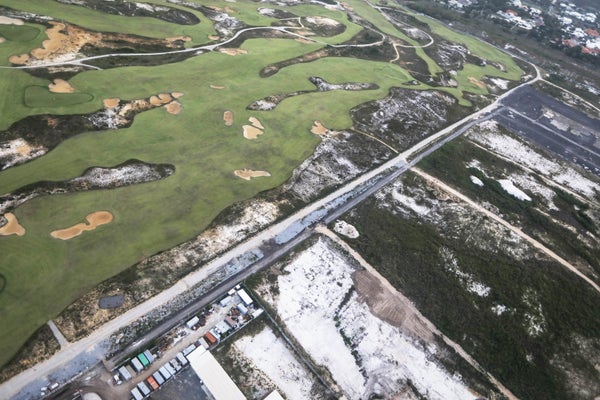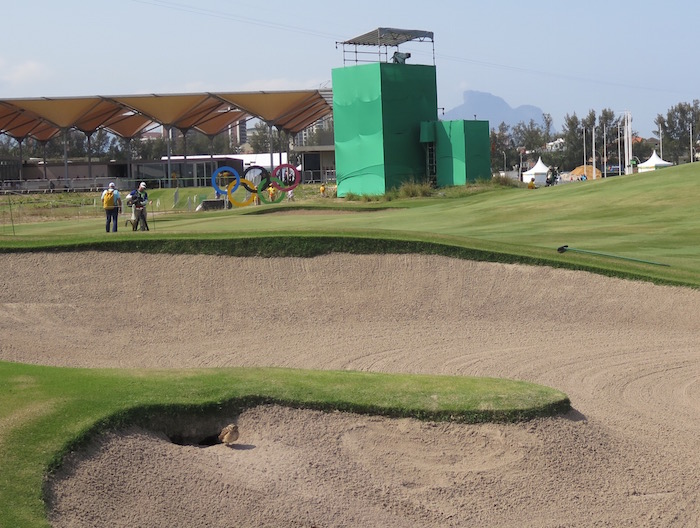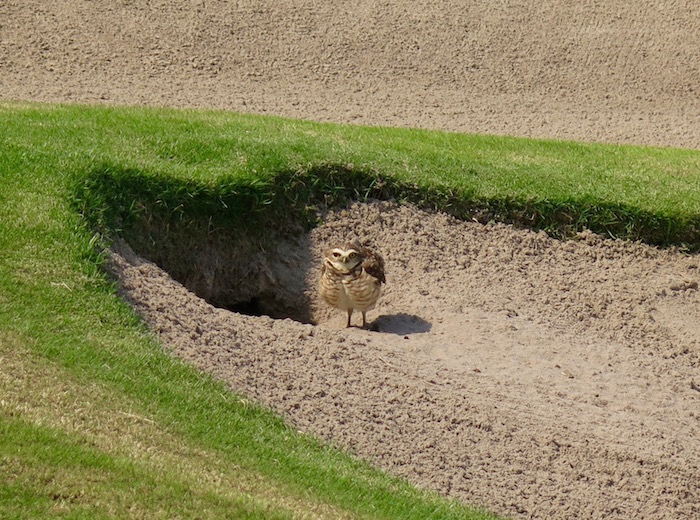Hanse On Architecture's Future & TPC Boston's 12th And 13th
/Golf.com's Dylan Dethier looks at Gil Hanse's rise (thanks for the link PG), which started in large part at the TPC Boston. Host of this week's Dell Technologies playoff event again, the course has been a long-term redesign effort with the PGA Tour and superintendent Tom Brodeur's team.  The transformation of the course into a New England-vibe course, rock walls and quirk included, has helped give this event much character. Hanse offered this on the future of design, inspired in part by the example he hopes to have set at TPC Boston.
The transformation of the course into a New England-vibe course, rock walls and quirk included, has helped give this event much character. Hanse offered this on the future of design, inspired in part by the example he hopes to have set at TPC Boston.
"The future of golf is fun," he said, noting the accessibility of the short course he just completed at Pinehurst as an example. "Golf is such a difficult game that whatever we can do to make someone's first interaction with the game fun and positive is going to be a win. Of any sport, golf has the best field and the best landscapes, and those selling points will always resonate with people. The allure of being outside and spending time with people is huge and you can't match it anywhere else."
Dethier talks to Hanse about the latest changes to the 12th and 13th holes.
Golfweek's Bradley Klein offered his assessment of the remodeled holes in his 18 hole-by-hole description, including this on No. 12:
What used to be the only unbunkered hole on the course has been stretched by 49 yards and given centerline fairway bunkering in the form of Principal’s Nose 305 yards off the tee. There’s also a new green position farther back. Hanse and Wagner also created more of a tie-in to the next hole by opening up the tree line and extending an existing ridge line into the 12th fairway, creating more of a drop-shot feel to the second shot. The shared space is a classical New England element that gets away from the older, isolated hole corridors that prevailed here. The putting surface also has been been moved away from its rocky ledge over a wetlands hazard. It now sits closer to the next tee, making for a better connect-the-dots feel. The hole requires a commitment off the tee between two alternative paths, the low road (to the right) shorter but a bit riskier; the high road to the left safer but longer.
**AP's Doug Ferguson is predicting many players will play down the 13th this week, and Brian Wacker reports for Golf World that some do not like the changes. Architect Hanse is preaching that players actually try it out under tournament conditions before issuing a verdict.
Not that any of it bothers Hanse. He knows tour players can be a fickle bunch, and he’ll evaluate the feedback after the tournament.
“The main thing is we want to let it play out over four rounds,” Hanse said. “If we design a hole that they have figured out after one practice round, it’s probably not a very interesting or good hole.
“We purposely tried to make the guys a little uncomfortable with the choices [off the tee]. Once they figure it out, they’ll see there’s sound thought behind the design.”


















